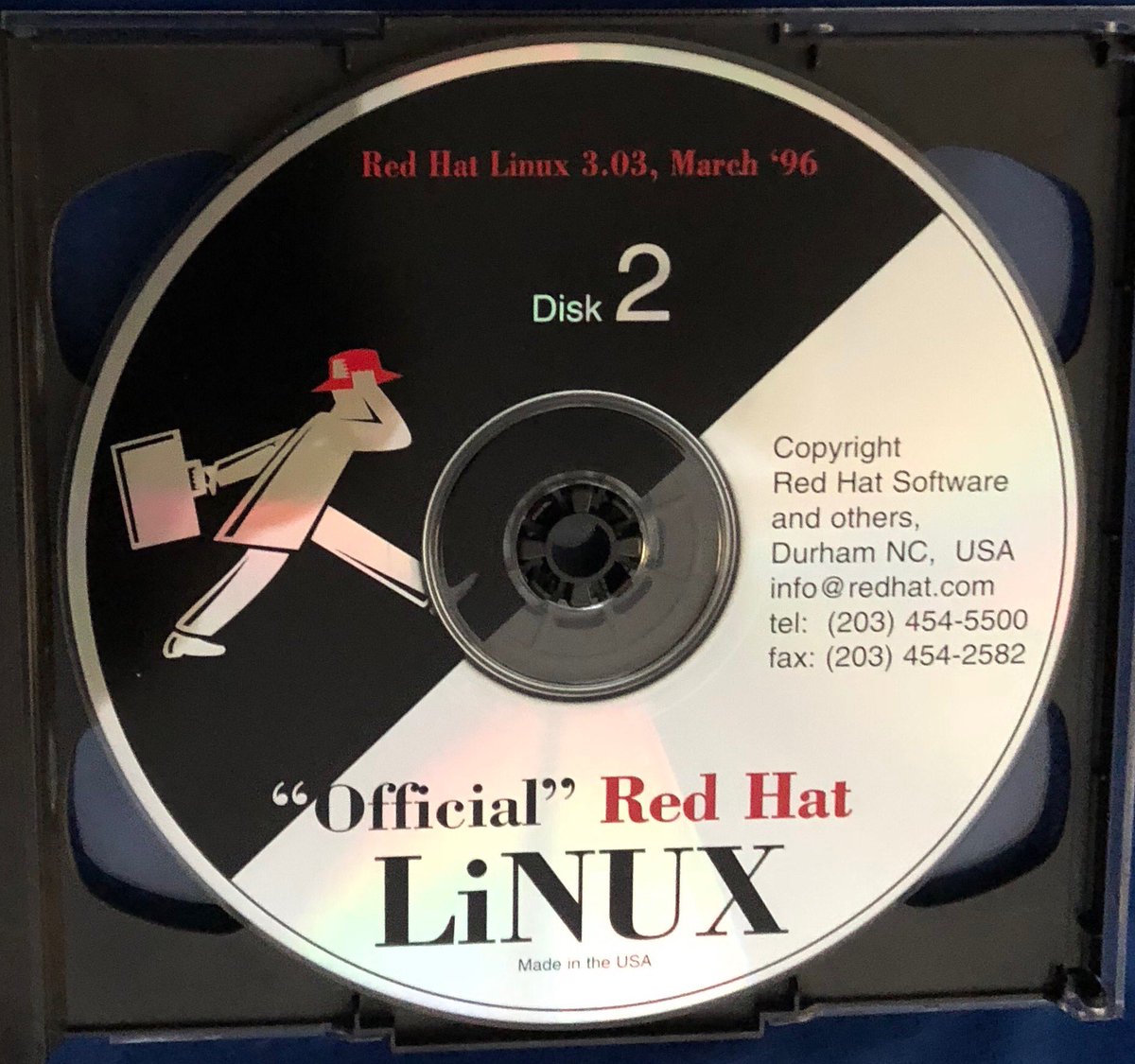Adventures in Linux Ep. 4: NOT trying Rocky Linux, after all
That’s the quickest one: despite being enticed by Dedoimedo’s articles (1·Rocky Linux 8 – Phoenix Tux; 2·Rocky Linux 8 & how to get better font clarity; 3·How to turn Rocky Linux 8 into a perfect desktop), I decided to skip trying Rocky Linux 8.4 or any other RHEL4 clone. The reason wasn’t only its GNOME centricity alone.
RHEL4 and RHEL5 were good distros, and so were CentOS4, SL4, CentOS5, SL5. Since then, I never felt the urge to try a clone of Red Hat’s enterprise offering, which has not been designed for laptop use. Dedoimedo, despite loving KDE Plasma beyond words can convey, claims Rocky Linux can be turned into a satisfactory desktop (“perfect” is an obscene qualifier here), but I was skeptical from the onset. RHEL is meant to be obsolete. RHEL8 only cares some newer or alternate versions of some components via the concept of Application Streams, and the available Applications Streams are not desktop-oriented, and that’s explainable. So why fall for Dedoimedo’s lure?
Well, I eventually didn’t, thanks to this comment on Slashdot:
RHEL 8 is a release to skip. Its failures include:
• The python3 migration is ill-managed and already out of date with python 3.6, which was already 4 years old when RHEL 8 was published.
• Ignoring EPEL’s standard and publishing python 3.6 as “python3” packages, instead of “python36”, which made it ridiculously difficult to effectively publish a parallel python38 or python39 later.
• Modularity, which everyone hates.
• Splitting the primary yum repos into 5 distinct repos with overlapping contents.
• Hiding critical “-devel” packages in a distinct and inaccessible “Devel” channel to prevent people from compiling alternatives for Red Hat commercial offerings, such as discarding FreeIPA in favor of Samba with the domain controller features enabled.
Then, after all that, hold a secret meeting that says: “oh, we’re going to replay the bad decisions of Red Hat 9 and discard point releases, again, and pretend that directly updating with a recent reference release is safe”. It’s compelling hundreds if not thousands of customers to set up their own internal mirrors with locked release versions. And it’s not like Red Hat doesn’t actually publish point releases, they’re on the revised release media and clearly stated in
/etc/redhat-releasefor configuration reference. Somebody came up with a scheme and PowerPoint slides, and no one was left who remembered how badly this failed with Red Hat 9.CentOS 8 is now a “stream”, all right, it’s now the beta testing land for RHEL, which was not why people used it. It would have been faster to simply fire the CentOS developers Red Hat fired a few years ago and send the money to CERN for them to knock out a Scientific Linux 8. CERN is angry, their Scientific Linux admins had agreed not to publish SL 8 in favor of just using CentOS, and they had the rug pulled out from under them. No one is updating to RHEL 8 or CentOS 8 if they can avoid it, and there have been so far no compelling reasons to do so.
That’s 200% correct. Even if I can smell some hate, I’m all in it too. RHEL8 and its new clones are a questionable choice even for corporate users, so why bother?
I’m not saying this isn’t sad. Marc Ewing, shame on you!


Leave a Reply